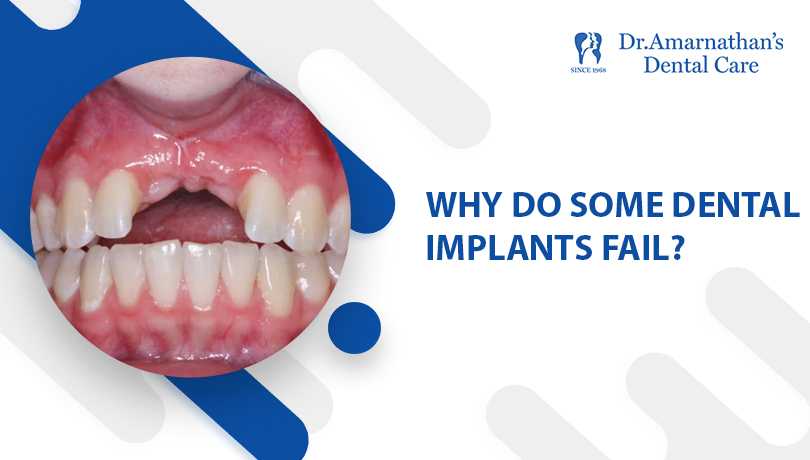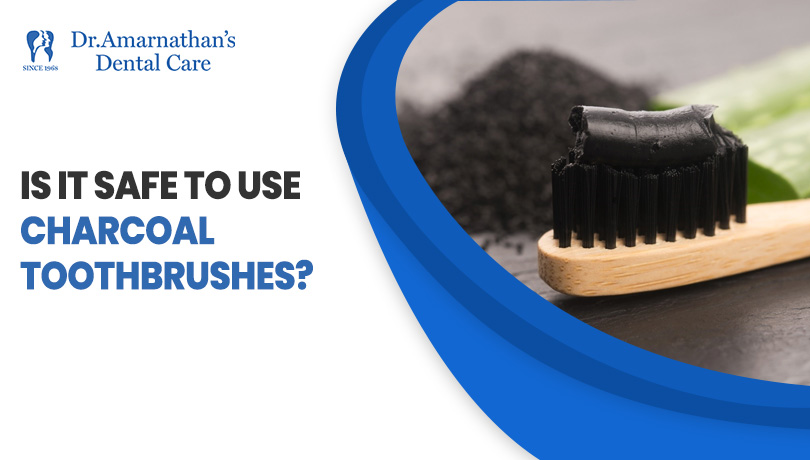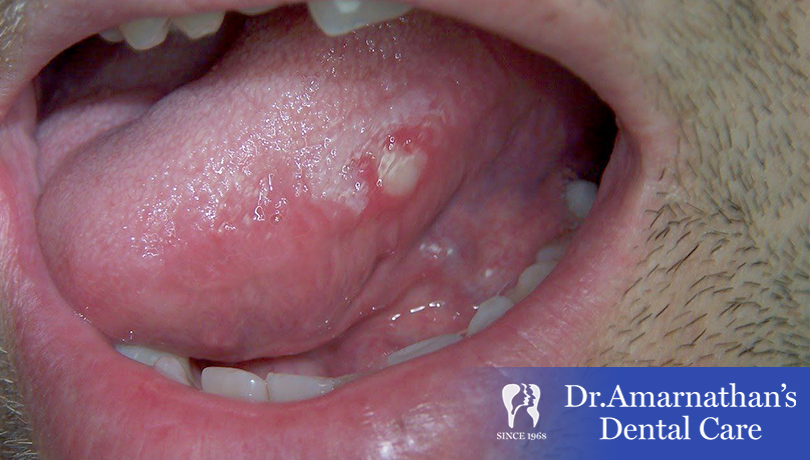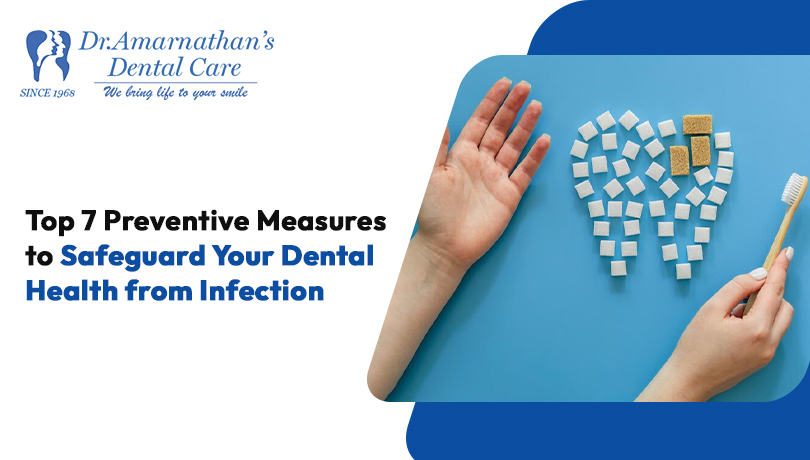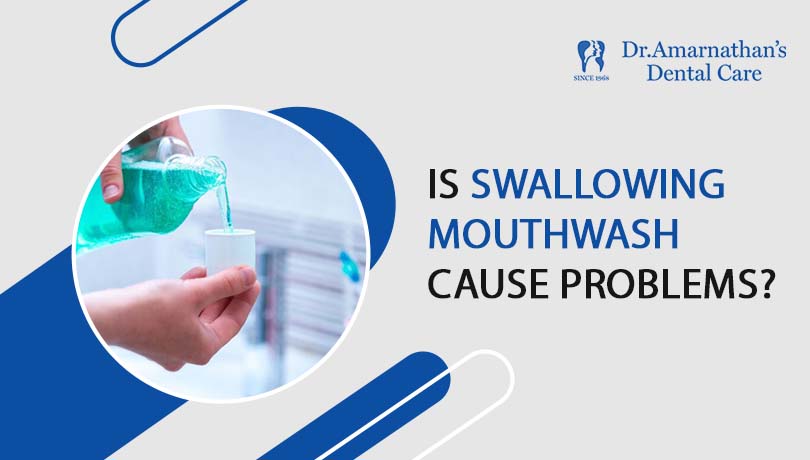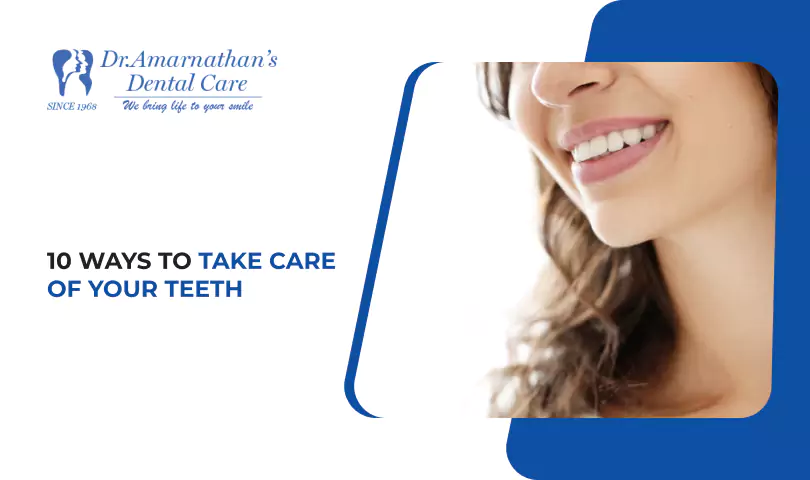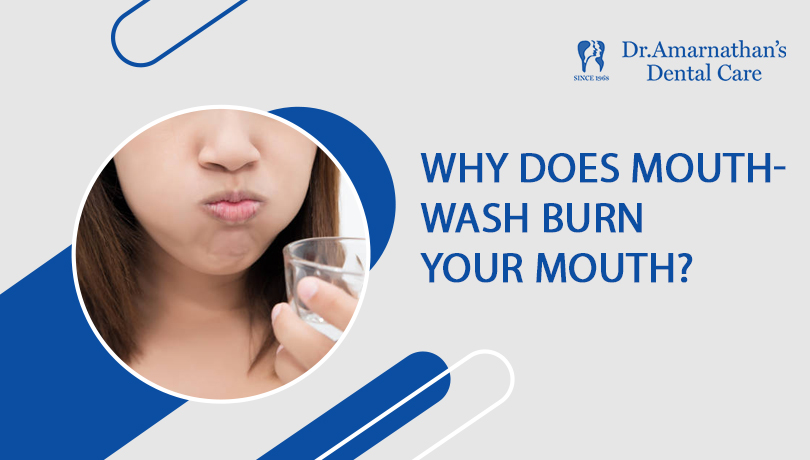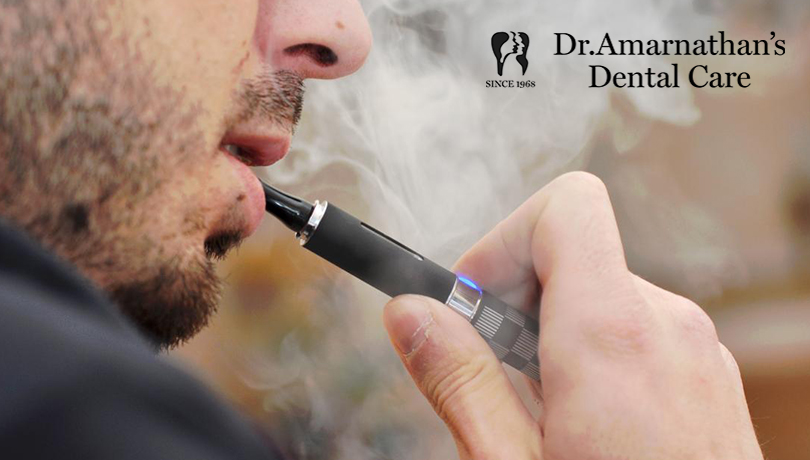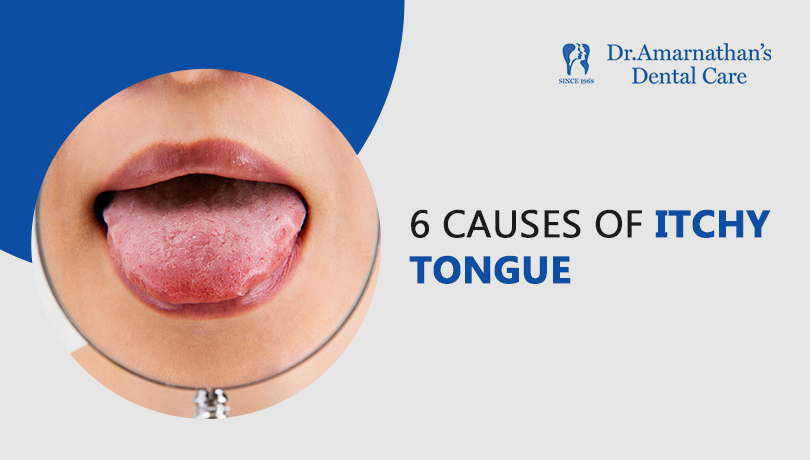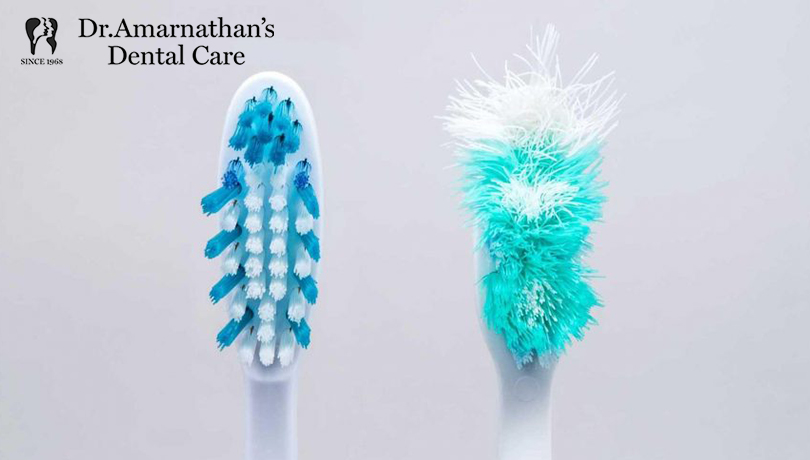
Why we should change our toothbrush often?
Replacing your toothbrush every 12 to 16 weeks (say 3 to 4 months) is a part of good oral hygiene. Whether it manual toothbrush with nylon bristles or electric toothbrush heads, it does not last forever despite you keep it clean and maintain effectively. The constant wear and tear created with brushing twice a day for months bring bristles the end of their lifespan. In such cases, the toothbrush bristles stand erect at different angles and the toothbrush looks like a mini broom.
Brushing with such worn-out bristles is not a fair deal as it will hurt your oral cavity. Besides this, many scenarios push you to replace the toothbrush with a new one. Keep reading to find out them.
1) The toothbrush is ineffective
Apart from the constant wear and tear, the soft, tapered bristles are exposed to water and chemicals in toothpaste whenever you brush your teeth. It weakens the bristles and tends to fray them. It is known as “Bristle Flaring”. Such splayed bristles are not effective in cleaning the teeth.
In general, the tip of the bristles is more effective in removing the stains and deposits over the teeth surfaces. When they bend over, the toothbrush becomes inefficient in cleaning the teeth and lead to bacteria accumulation that ends in cavities, bad breath, etc.
To put it simply, brushing with splayed, frayed, or worn-out toothbrush bristles make your teeth cleaning activity remains neutral.
2) It causes dental damages
The toothbrush bristles are slightly arched to make them less abrasive. When they wear down, the bristles become strong enough to injure oral tissues. Oral hygienists have disclosed that the common oral problems provoked when you brush with frayed bristles include abraded teeth, bleeding gums, gum recession followed by periodontal diseases.
3) The toothbrush will become a habitat of bacteria
Disinfecting your toothbrush after brushing is helpful to sterilize but it does not mean the oral appliance is free from bacteria. Oral bacteria and germs stuck between the little bristles, especially at the bottom can exist even after rinsing.
At this rate of use, the microbes accumulate in the bristles when you use the toothbrush more than 3 months. Then, the toothbrush will reintroduce bacteria and germs into your mouth while brushing.
Toothbrush replacement is the best way to safeguard yourself from such bacteria infection. On the other hand, switching to a new toothbrush is also necessary when you get rid of illnesses like sore throat, fever, flu, infectious conditions like dengue, etc. We have explained this in our post on toothbrush care tips during COVID-19.
Bottom line
Using the same toothbrush for a prolonged period is a common oral hygiene mistake. When the bristles or toothbrush head (in electric toothbrushes) become weak and frayed, you should replace them. Otherwise, it would hurt the teeth and oral tissues. Keep in mind that such damages can be prevented if you use the toothbrush in a less destructive way.
Even though your toothbrush does now show any signs of wear like bent, worn down or frayed bristles, replace it with a new one to avoid bacteria infection.





